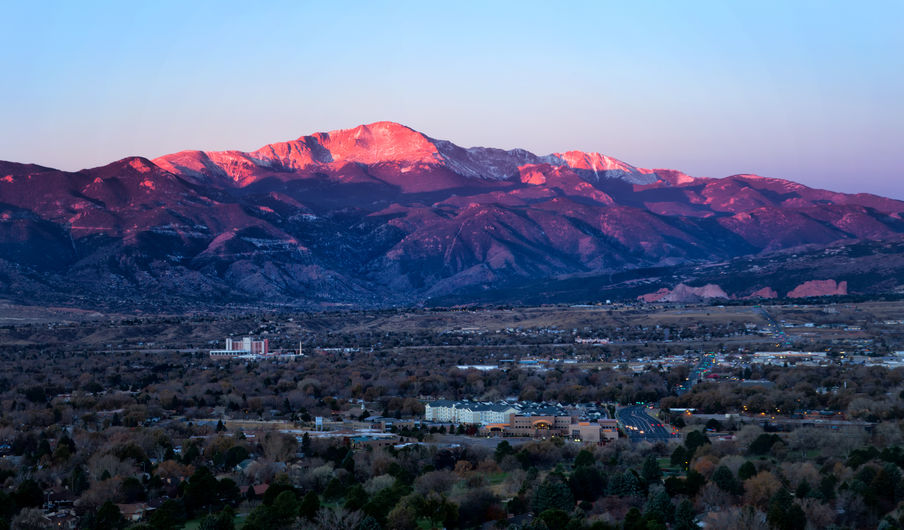The Stories Behind Our Streets

Living in Colorado Springs, one of the most amazing quirks is how people give directions. Our city is unique, and often perplexing, street names frequently lead to misunderstandings and shared chuckles over the pronunciation of Tejon, Bijou and Uncompahgre. But where did these names come from?
The history of Colorado, and specifically the Colorado Springs area, is rich, complex and deeply influenced by a mix of cultures. From the New France Treaty of 1682 to the Spanish conquistadors and the mining booms of the 1800s, the Front Range and Rocky Mountains have long been a crossroads of diverse languages and traditions.
Before the Louisiana Purchase of 1803, the land that would become Colorado Springs was under French, and briefly Spanish control. When the United States acquired the vast Louisiana Territory for a then-staggering $15 million, waves of settlers began migrating west, drawn to the fertile land along Fountain Creek.
As the city took shape, its founder, General William Jackson Palmer, entrusted General Cameron, an eccentric man with a fondness for whiskey, to help map and plan the streets of downtown Colorado Springs. Under Cameron’s direction, a team of architects and engineers laid out the city’s grid, drawing inspiration from its geographic and cultural history.
The streets north of Pikes Peak Avenue were give French names, such as Platte, St. Vrain, and Cache La Poudre, while the souther streets reflected the area’s Spanish influence, with names like Cucharras, Moreno, and Costilla. This blend of linguistic and cultural heritage remains embedded in Colorado Springs’ streets, a testament to its diverse and fascinating past.










